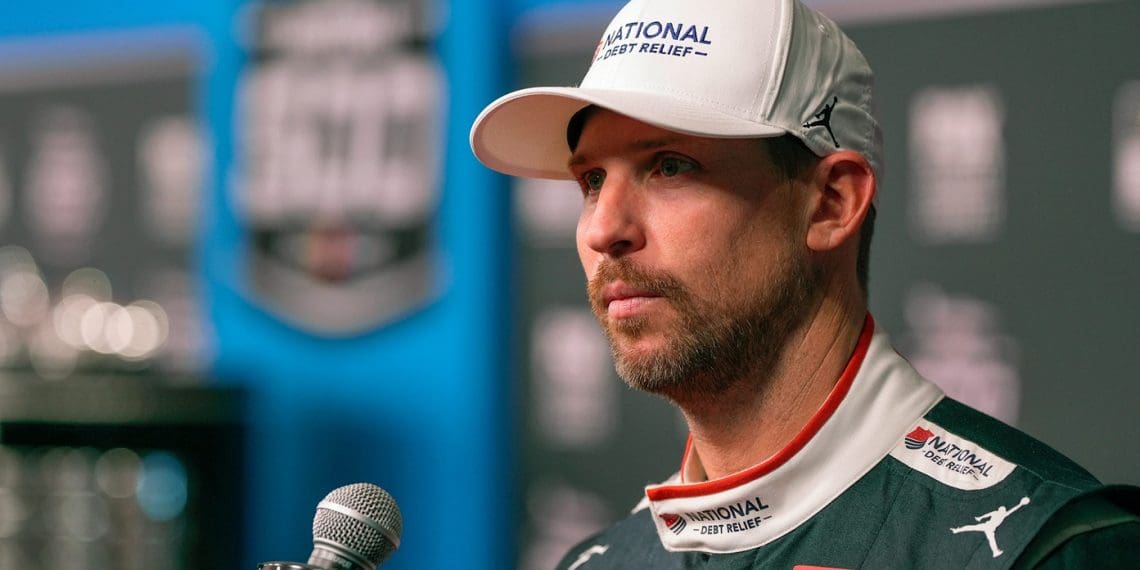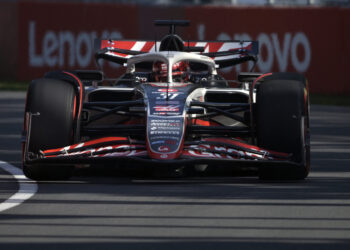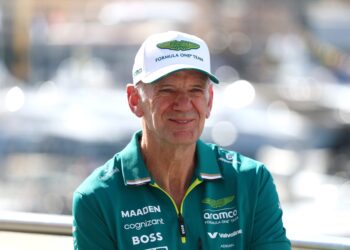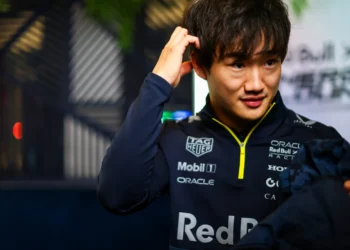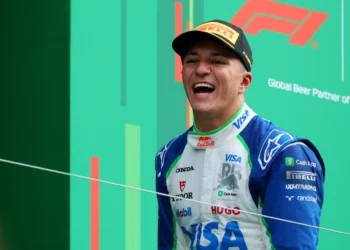After failing to secure his fourth Daytona 500 win, seasoned racer Denny Hamlin voiced his frustration with the current state of NASCAR superspeedway racing. Hamlin, who has spent two decades honing his skills and studying the sport, expressed his dissatisfaction with the frequent crashes that have become commonplace in these races.
Negotiating the final lap in his No. 11 Toyota Camry, Hamlin had his sights set on the finish line, envisioning his fourth Daytona 500 victory. He navigated the race, toe-to-toe with Austin Cindric, feeling the adrenaline surge as he thought of finally shaking off the superspeedway curse. However, his dreams were abruptly shattered by the notorious “Big One”, a massive crash that swept him off his path and back to reality.
The strategic drafting on superspeedway tracks is a well-known technique, with drivers capitalizing on the pack racing on Daytona’s high banks to gain momentum and push ahead in the field. However, in the era of spec car and parity racing, the drivers’ control over race outcomes has diminished significantly. If a driver loses the draft, they are quickly pushed back in the field, which is an inherent aspect of speedway racing in the Next Gen car.
Despite the inherent challenges, Hamlin was determined to seize the opportunity that the Daytona 500 presented, hoping it would reignite his passion for the sport. He played his cards skillfully, steering clear of wrecks, and gaining the support of fellow Toyota drivers such as Chase Briscoe and Riley Herbst. However, a last-lap wreck dashed his hopes, reducing his enthusiasm for the sport.
The last-lap wreck was initiated by Cole Custer’s attempt to go three-wide and disrupt Hamlin’s run, resulting in an extensive wreck. This incident brought Hamlin to the realization that the current style of superspeedway racing does not value the skills he has honed over the years.
While Hamlin has been struggling to recapture his Daytona magic since 2020, relative newcomer William Byron has won back-to-back crown jewel races. This discrepancy underlines the difference between a seasoned superspeedway driver and a sim racer who has mastered the art of crossing the finish line amidst a crashing field.
So, what is the solution? Should NASCAR introduce another attention-grabbing gimmick or further reduce the power of these fuel-hungry race cars? Hamlin suggests that increasing engine power and eliminating the rear spoiler might be the answer.
Racing on tracks like Daytona and Talladega typically involves lining up behind the leading pack, with cars pushing each other lap after lap. The draft allows the following cars to save fuel and spend less time refueling on pit road. However, when the finish line comes into view, caution is thrown to the wind, leading to inevitable wrecks and crashes.
Hamlin believes that more engine power and less emphasis on drag could be the solution, allowing superior race cars to rise above the mediocre ones.
He pleads with NASCAR to dramatically reduce the drag in these cars, suggesting that reducing the spoiler size could be a start. Hamlin argues that the current emphasis on luck in these prestigious events undermines their legitimacy, and that changes are needed to reassert the importance of skill.
As the 2025 season gets underway, it remains to be seen whether NASCAR will implement any significant changes to the superspeedway package. However, Hamlin’s sentiments indicate a growing need for a major overhaul of the current state of superspeedway racing.

